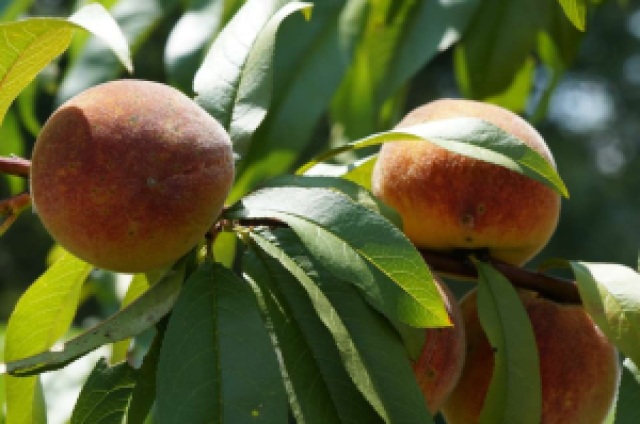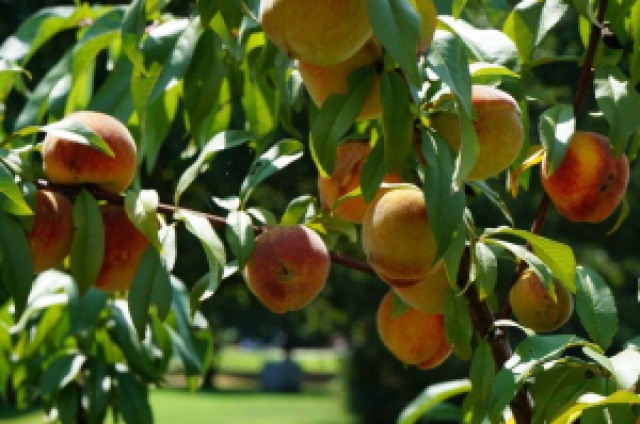Purple Deadnettle, Lamium purpureum (LAMIACEAE), is an early spring wild plant that can be foraged for its medicinal and edible properties. Some variations of the plant name include “Purple Deadnettle”, “Purple Dead Nettle”, “Purple Deadhead Nettle”, and “Purple Archangel”.
Forage Purple Deadnettle
Purple Deadnettle is most prominent in early spring, but it is often seen growing in late winter through summer. It grows in most US states. It can even be found growing through a soft layer of snow, similar to daffodils and crocus. It is commonly found in lawns and edges of gardens, fields, and roadsides. Many people spend great effort trying to remove them from their pristine lawns and flower beds and do not appreciate its true worth! We do not have a lawn of just grass. We gladly have this beauty and many others in our lawn.

Identify Purple Deadnettle
Purple Deadnettle is a member of the mint family which means it can spread rapidly and be considered invasive. It has no discernable smell although it is in the mint family. It just smells grassy. Mature plants can grow as tall as 8 inches. It is commonly found in shorter stubby heights especially in lawns and areas that are regularly mowed or cultivated.
Purple Deadnettle Leaves
The leaves of Purple Deadnettle are green at the bottom and gradually transition to purple towards the top. This purple leaf top is presumably why some have called it the Purple Deadhead Nettle. The leaves are slightly jagged and basically heart-shaped coming to a pointy and are up to 1.5 inches long. Leaves typically slant at a more downward angle from the stem. The leaves and stalk have hairs but do not sting like the “Stinging Nettle” variety. The term “dead” nettle refers to nettle varieties where the hairs on the leaves and stems do not sting. Leaves grow in pairs opposite each other along the stem.
Purple Deadnettle Flowers
Flowers grow in a small cluster of funnel-shaped, purple blooms about .5 inches long.


Look-alikes
Henbit Deadnettle, Lamium amplexicaule (LAMIACEAE), is the only close look-alike. Henbit’s flowers are a little longer and more slender than those of Purple Deadnettle and Henbit’s leaves are green all the way to the apex and are not heart-shaped. They are both varieties of “dead” nettle and have similar properties. Henbit is edible and medicinal as well so do not fret if you confuse the two.
Harvest Purple Deadnettle
Cut the plant stem just above the ground to harvest. Give each plant a good upside down shake for dust and ants. Ants love Purple Deadnettle. Plants can be lightly rinsed with cool tap water, but do not over drench or soak. Inspect them again for those pesky ants!
Edible Parts
Leaves, Stems, and Flowers
Medicinal Properties
Although Purple Deadnettle is not as effective for allergies as Stinging Nettle, it does still aid in seasonal allergies. It also has anti-inflammatory and anti-microbial properties.
Edible and Medicinal Preparation
Fresh leaves and flowers can be used raw. Stems can also be eaten raw, but they are not as tender and in my opinion are better used after drying. All parts except the root can be used in salads, steeped in teas, cooked in soups, casseroles, and even smoothies.
Drying Purple Deadnettle
- If using fresh I would prefer individual leaves and flowers removed by hand or with a knife, but for drying I simply pop off the top “head” all in one piece.
- Remove any straggling leaves from the stem.
- I only use the top portion of the stem and discard the lower tougher stem.
Dehydrator
- Spread heads and leaves as flat as possible on dehydrator sheet.
- Dehydrate on low for 6-8 hours.
Oven
- Spread heads and leaves as flat as possible on an ungreased cookie sheet.
- Bake on low (175 degrees F or less if possible) for 8-10 hours.
Air Dry
I prefer to air dry most herbs that are more delicate like this. It does take longer and can be cumbersome if you do not have the space. However, it is worth it if you can accommodate.
- Spread heads and leaves as flat as possible on an herb drying rack or on a flat basket so that air can circulate. You can also use a dehydrator sheet without the dehydrator.
- Gently stir around with hand about once a day the first day or so especially if you rinsed with water.
- Check in 4-5 days. If not complete dry and crumbling, check daily for until completely dry.

Tops of Fresh Purple Dead Nettle Plants Air Dried for 5 Days - It generally takes 5-8 days to air dry completely for storage.

Tops of Fresh Purple Dead Nettle Plants Completely Air Dried for 8 Days Ready for Storage 
Tops of Fresh Purple Dead Nettle Plants Completely Air Dried for 8 Days Ready for Storage
Storage
Purple Deadnettle can be stored for long-term use after it has completely dried. It should be stored in a glass jar with a proper air tight lid. I use a myriad of size, shapes, and styled jars for storing dried herbs. In this example, I repurposed a Starbuck’s Mocha Frappuccino iced coffee bottle. This is one of my little guilty pleasures from time to time. These bottles are pretty great to reuse. They are glass. The lid has a rubber or silicone seal and the labels on the jars remove pretty easily. The only drawback is the lid has Starbuck’s on it. I used to use a sharpie and tape to label my jars, but it doesn’t look as “cute” or “tidy”. I splurged this year and got this compact label maker. It has already paid for itself. I label the side of the jar and cover up part of the Starbuck’s verbiage on the lid.













